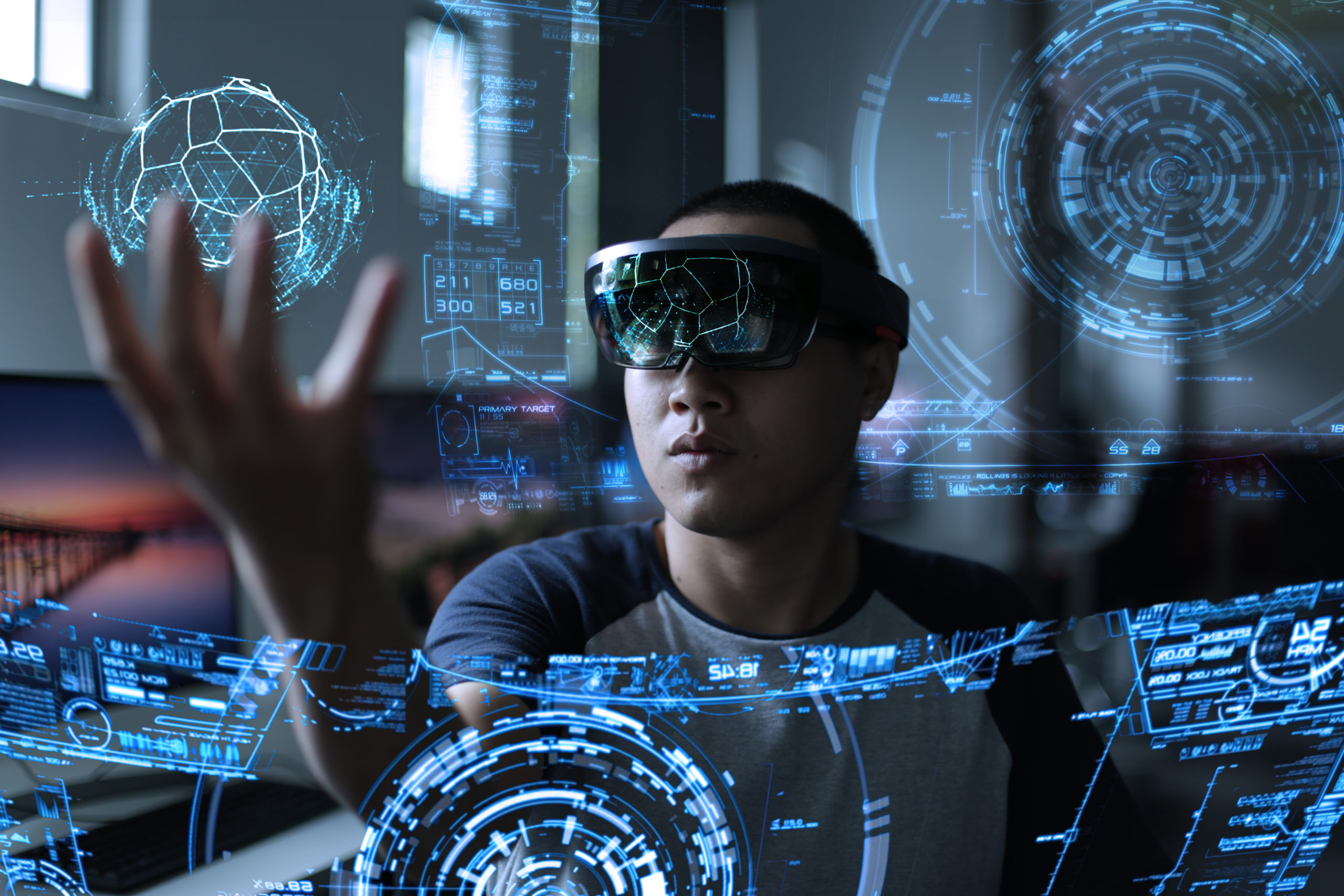In an era where technology continually reshapes our reality, augmented reality (AR) stands out as a transformative force, particularly in the realm of security training and education. Imagine a scenario where trainees can immerse themselves in intricate simulations of potential threats, ranging from active shooter situations to cybersecurity breaches, all within the safety of a controlled environment.
By overlaying digital information onto the physical world, AR bridges the gap between theory and practice, enhancing learning outcomes in ways previously thought impossible. This revolutionary approach not only captivates learners but also equips them with critical skills in real-time decision-making and problem-solving.
As we delve into the nuances of ARs impact on security training, we uncover a powerful tool that has the potential to redefine preparedness and response in an ever-evolving landscape of threats.
Understanding the Fundamentals of Augmented Reality

Augmented Reality (AR) represents a transformative leap in how we perceive and interact with the world around us. At its core, AR overlays digital information—be it images, sounds, or other sensory enhancements—onto the real environment, creating an immersive experience that feels both familiar and otherworldly.
Imagine donning smart glasses that project critical data right where you need it most, or using a mobile device to visualize complex scenarios in real-time. This technology not only bridges the gap between the digital and the physical but also opens new avenues for learning and skill acquisition.
For security training and education, AR holds the promise of simulating high-stakes situations where learners can practice responses without the associated risks. Yet, while it dazzles the senses, understanding its foundational principles—such as depth sensing and user interaction—is essential for harnessing its full potential.
In this exciting intersection of technology and training, the possibilities are as vast as the challenges are complex.
Advantages of Augmented Reality for Security Training

Augmented Reality (AR) brings a revolutionary edge to security training by immersing participants in lifelike scenarios that are both engaging and educational. Picture a trainee responding to an emergency situation; they can don AR glasses and find themselves in a virtual crime scene, complete with digital markers and alerts that guide their decision-making.
This hands-on approach minimizes the gap between theoretical knowledge and practical application. It allows security personnel to practice critical skills in a safe environment, enabling them to face high-pressure situations without real-world consequences.
Furthermore, the ability to tailor scenarios to specific threats fosters a deeper understanding of situational awareness, as trainees learn to navigate complex challenges with confidence. With instant feedback and performance metrics integrated into these AR experiences, individuals can continuously refine their strategies, ultimately enhancing their readiness for on-the-job encounters.
The result? A more skilled, adaptable, and proactive workforce ready to respond to the evolving landscape of security threats.
Future Trends: The Next Generation of AR in Security Education

As we look to the horizon of security education, the next generation of Augmented Reality (AR) promises to revolutionize traditional training methods in unprecedented ways. Imagine a scenario where trainees can immerse themselves in a hyper-realistic simulation of high-stakes environments—such as airport security checkpoints or crowded public events—while interacting with virtual threats that evolve in real-time, adapting to their responses.
These advancements will not only enhance the learning experience but also foster an unparalleled level of engagement and retention. Moreover, the integration of artificial intelligence with AR may lead to personalized training pathways, allowing instructors to tailor scenarios based on individual proficiency levels, thus addressing skill gaps more effectively.
As VR and AR technologies become more accessible and affordable, we can expect a surge in collaborative learning experiences that will connect trainees across the globe, thereby enriching their understanding through diverse cultural perspectives. The future of security education will not just be about acquiring knowledge, but about experiencing it, practicing it, and reacting to it in ways that were once confined to the realm of science fiction.
Conclusion
In conclusion, the integration of augmented reality (AR) into security training and education represents a significant advancement in how professionals prepare for real-world challenges. By creating immersive and interactive learning environments, AR enhances engagement, retention, and practical application of skills, ultimately leading to more effective training outcomes.
As organizations increasingly recognize the value of these innovative tools, collaboration with educational institutions, such as those offered at https://pwa.edu/, can further enhance the development and implementation of AR solutions. Embracing this technology not only equips individuals with critical skills but also transforms the landscape of security training, ensuring a safer and more secure future.

